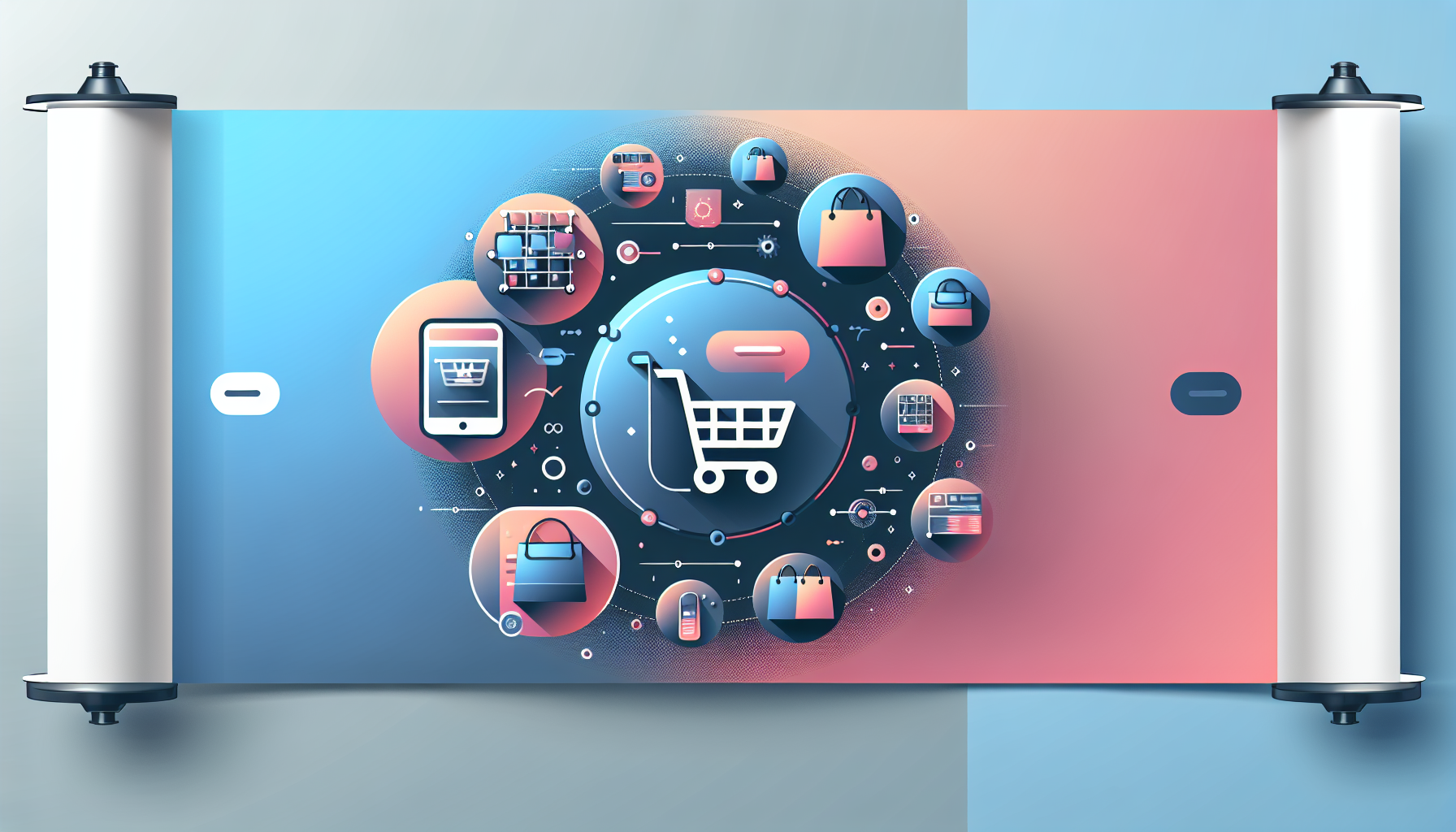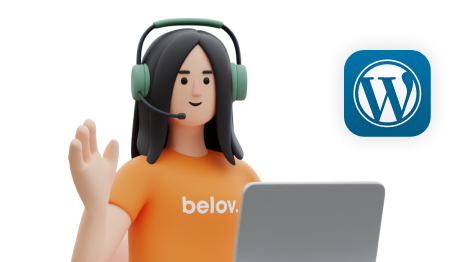
Enhancing User Experience with Product Configurators in E-commerce
In the ever-evolving landscape of e-commerce, providing a personalized and engaging shopping experience is crucial for driving sales and customer satisfaction. One of the most effective tools in achieving this is the product configurator. Here’s a comprehensive guide on how to create and implement effective product configurators for your e-commerce site.
What is a Product Configurator?
A product configurator is a software tool that allows customers to modify products during the online ordering process. It displays customization options, calculates final product costs, and generates visual representations of the finished products. This interactive process enables customers to experiment with different designs and purchase personalized products that meet their specific needs.
Benefits of Using Product Configurators
Reduced Barrier to Purchase
Product configurators make the purchasing process more transparent and engaging. By providing clear pricing and visual representations of custom products, configurators lower the barrier to purchase. Advanced visualization techniques such as 3D modeling and augmented reality (AR) can be particularly beneficial for products that require precise fitting, such as custom furniture or jewelry.
For example, a jeweler could use 3D modeling to let customers scrutinize a custom engagement ring from all angles, while a home goods retailer could use AR to let shoppers view custom furniture in their homes.
Higher Customer Satisfaction
Customers increasingly expect personalized experiences, and product configurators deliver on this expectation. By offering an efficient and user-friendly customization process, configurators ensure that customers understand exactly what they will receive. This leads to higher customer satisfaction and reduces the likelihood of returns due to unmet expectations.
Reduced Lead Time
Configurators speed up the custom product purchasing process by providing instant quotes and automating order creation. This eliminates the need for customers to wait for quotes from sales departments, which can take several days and risk losing customer interest. Design validation and automatic order creation also reduce the risk of human error during the design process.
Increased Operational Efficiency
Product configurators save time and lower costs by automating various processes. Sales reps can focus on larger business goals rather than working on quotes, and integrations can reduce administrative labor and optimize inventory management and marketing processes. For instance, integrating your configurator with your ERP system can ensure real-time updates of inventory data.
Increased Customer Engagement
Enabling customers to experiment with designs adds an entertainment value to the shopping experience, encouraging engagement with your products and brand. This interactive process can lead to increased referrals and word-of-mouth marketing. Some companies even encourage customers to share their finished designs on social media, further increasing brand awareness.
Key Features to Look for in a Product Configurator
User-Friendliness
A successful product configurator must be easy to use. Ensure that the interface is intuitive and guides customers through the customization process seamlessly. Mobile-friendliness is also crucial, as many customers shop on their mobile devices.
Customization Options
Offer a variety of customization options to cater to different customer preferences. This could include choices in materials, colors, sizes, and other features relevant to your products. For example, Veneta Blinds offers customization options for materials, colors, fit type, and control mechanisms for their blinds.
3D Rendering and AR
Advanced visualization techniques such as 3D modeling and AR can significantly enhance the customer experience. These tools allow customers to see how the product will look in real-world settings, which can be particularly useful for products like furniture or home decor.
Seamless Integration
Ensure that your product configurator integrates smoothly with your e-commerce platform and other business systems. This includes integration with your ERP system for real-time inventory updates and with your CRM for personalized marketing strategies.
Effective Product Configurator Examples
Scout Design Studio
Scout Design Studio, based in Texas, uses a product configurator that employs 3D modeling and dynamic visualization. This allows customers to configure products from their custom line, Scout Bespoke, with multiple product views and high-quality images for over 20,000 product variations.
Veneta Blinds
Veneta Blinds, an Australian blind and shutter retailer, offers a multistep product configurator that guides customers through billions of product variations. The configurator provides basic product visualizations and displays price information at multiple stages, ensuring transparency and ease of use.
How to Implement a Product Configurator
Data Collection and Analysis
To create an effective product configurator, you need to understand your customers’ preferences and behaviors. Collect data on customer interactions, such as pages viewed, items wishlisted, and items added to cart. Use this data to create personalized experiences and optimize your configurator.
Choose the Right Platform
Selecting a customizable e-commerce platform is essential for implementing a product configurator. Platforms like those offered by BigCommerce or Shopify provide the flexibility to integrate advanced features and ensure seamless user experiences.
Optimize Product Listings
Optimize your product listings by adding tags and filters, standardizing product information, and integrating your business systems. This ensures that customers can easily find what they are looking for and makes the customization process more efficient.
Test and Refine
Use A/B testing to see which versions of your configurator are most effective at converting visitors into customers. Continuously refine your configurator based on customer feedback and performance data to ensure it remains user-friendly and effective.
Conclusion and Next Steps
Implementing a product configurator can significantly enhance your e-commerce site by offering a personalized and engaging shopping experience. By reducing barriers to purchase, increasing customer satisfaction, and streamlining operations, you can drive more sales and build stronger customer relationships.
If you’re looking to create or enhance your e-commerce site with a product configurator, consider partnering with a professional development agency like Belov Digital Agency. With expertise in custom e-commerce solutions and integration with top hosting services like Kinsta, we can help you build a highly effective and user-friendly product configurator.
For more information on how to optimize your e-commerce site, check out our other blog posts, such as How to Improve Your E-commerce Site with Personalization. If you have any questions or need assistance, feel free to Contact Us.
By leveraging the power of product configurators, you can transform your online sales and create a memorable shopping experience for your customers.













